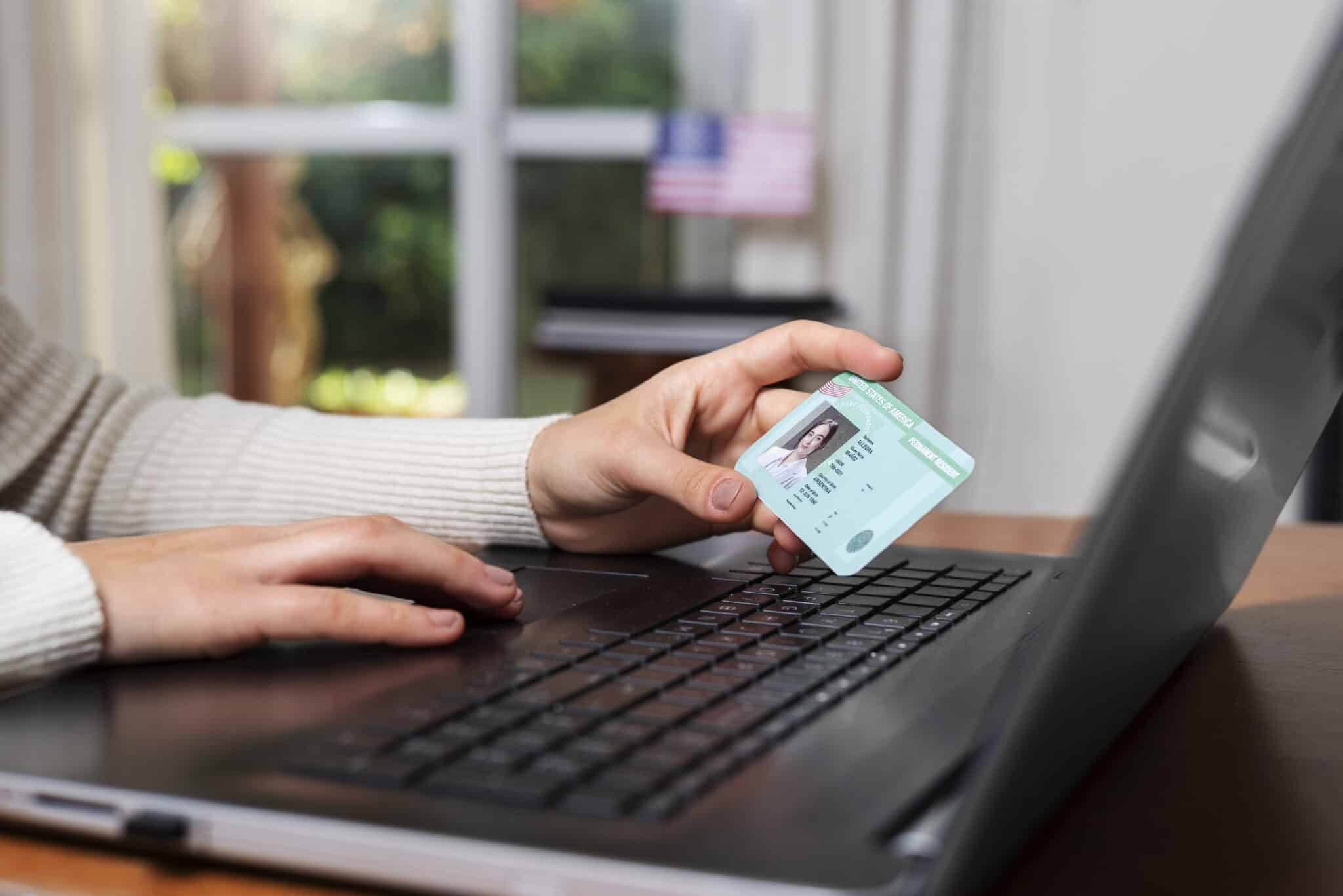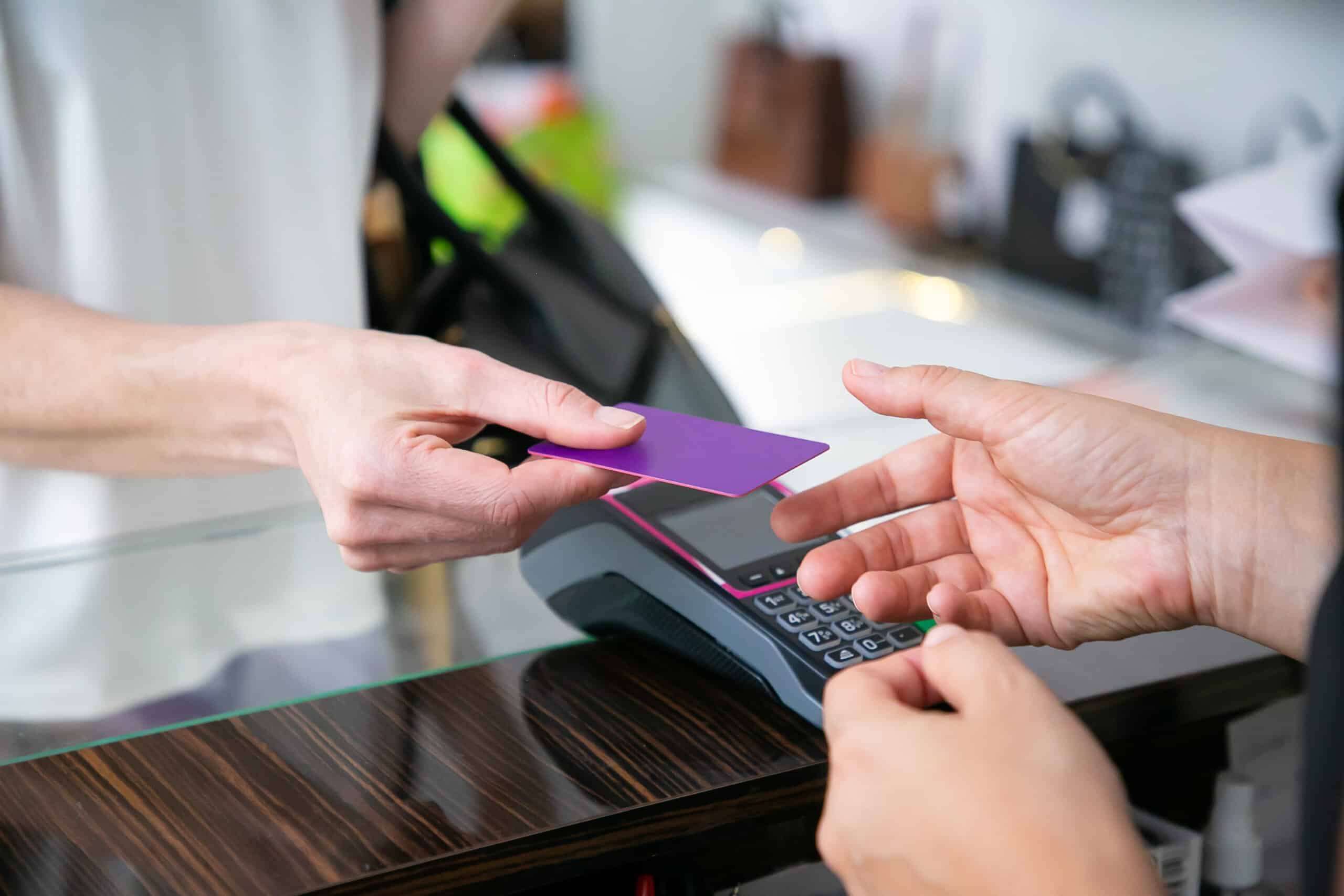Bank Identification Number Checker Ensuring Secure Online Transactions

In the world of online transactions, security is essential. One tool that aids in ensuring secure transactions is the Bank Identification Number (BIN) checker. This article provides an overview of what a BIN is, how a BIN checker functions, and the type of information it can furnish. The importance of a BIN checker for online transactions and the advantages it brings will also be discussed.
Additionally, we will delve into using a BIN checker for secure transactions, its limitations, and alternative methods like AVS, CVV, and 3D Secure Authentication.
Stay tuned to gain insights into enhancing the security of your online payments with a BIN checker.
What is a Bank Identification Number (BIN)?
A Bank Identification Number (BIN) is a unique set of digits assigned to a financial institution for identifying transactions and preventing fraud in the payment industry. It serves as the foundation for various security measures and validation processes.
These essential identifiers are typically the first six digits of a credit, debit, or prepaid card. By providing crucial information about the card issuer and the type of card, BINs help streamline payment processing and ensure that transactions are routed correctly.
BINs play a pivotal role in fraud prevention by enabling merchants and financial institutions to detect suspicious activities and potential risks. BIN databases and lookup tools allow businesses to verify card information instantly, validate transactions securely, and safeguard against unauthorized payments.
Hence, this database-driven approach enhances payment security and fosters trust between consumers and businesses in the digital payment ecosystem.
How Does a BIN Checker Work?
A BIN Checker functions by examining the initial digits of a payment card to determine the issuing bank, card network, and other pertinent information. By comparing this data with a BIN database, the tool confirms the card’s validity and security features.
This procedure is essential for confirming the accuracy of the provided card information and confirming it aligns with established BIN ranges associated with particular banks or financial institutions. The BIN Checker conducts a comprehensive analysis to authenticate the card before authorizing transactions, thereby serving a critical role in thwarting fraudulent behaviors and bolstering overall payment security for online and in-person transactions.
What Information Can Be Obtained from a BIN Checker?
A BIN Checker provides important information such as the bank that issued the card, the card network (Visa, MasterCard, etc.), the type of card (credit/debit), and merchant identification details. It offers insights into cardholder verification methods and enhances payment security protocols.
Also, by using a BIN Checker, businesses can validate and authenticate card transactions in real-time, reducing the risk of fraud and chargebacks. This tool allows merchants to verify the legitimacy of a card, ensuring that the transaction is secure and legitimate. BIN Checker outputs play a crucial role in confirming the validity of the card details provided by customers during online purchases, thus safeguarding both the merchant and the cardholder against potential financial risks.
The detailed data provided by a BIN Checker significantly enhances the security and reliability of online transactions.
Why is a BIN Checker Important for Online Transactions?
A BIN Checker plays a crucial role in online transactions by authenticating and validating payment cards, enhancing security measures, and preventing fraudulent activities. By accurately validating BIN numbers, the tool aids in secure payment authorization in electronic transactions.
Also, by cross-referencing the Bank Identification Number (BIN) with a database of issuing banks, card types, and countries, a BIN Checker assists merchants in verifying transaction legitimacy. This verification process is essential for distinguishing between genuine transactions and potential risks, thereby strengthening payment security on digital platforms.
In the ever-changing landscape of e-commerce, where online fraud is a significant concern, implementing BIN verification processes can offer a protective layer that safeguards both consumers and businesses from cybersecurity threats.
What are the Benefits of Using a BIN Checker?
Using a BIN Checker provides various benefits, such as robust fraud prevention mechanisms, accurate card verification, streamlined payment processing, and enhanced financial security measures. These advantages collectively contribute to a secure and efficient transaction environment.
Also, by utilizing a BIN Checker, businesses can significantly reduce the risks associated with fraudulent activities, ensuring that transactions are validated with high precision and authenticity. This tool plays a crucial role in enhancing the overall accuracy of card verification processes, verifying crucial details to prevent errors. Streamlined payment processing through a BIN Checker leads to faster and more efficient transactions, improving customer satisfaction and reducing operational complexities. The strengthened financial security measures employed help in safeguarding sensitive data, thereby fortifying the trust customers have in the payment system.
1. Fraud Prevention
The BIN Checker offers a crucial benefit in preventing fraudulent activities by identifying suspicious transactions, validating payment details, and reducing fraud risks. It improves transaction security by employing effective fraud detection methods.
Additionally, by comparing the Bank Identification Number (BIN) from a credit card’s first six digits against a comprehensive database, the BIN Checker assists businesses in real-time verification of transaction legitimacy. This validation process is essential for identifying potential fraud instances, including card theft or unauthorized use.
Merchants can use the tool to evaluate transaction risk levels and promptly apply preventive actions to protect their financial interests and maintain trust with customers.
2. Accurate Identification of Issuing Bank
Ensuring the accurate identification of the issuing bank through BIN validation, a BIN Checker enhances transaction security and verification processes. The tool cross-references BIN details with an established list to validate card authenticity and issuing bank information.
This meticulous verification process not only plays a crucial role in combating fraud but also aids in streamlining financial transactions. Additionally, by leveraging BIN lists, businesses can swiftly authenticate and validate card information, reducing the risk of unauthorized transactions. The utilization of a BIN Checker significantly enhances the overall security measures in place, offering a shield against potential fraudulent activities. In today’s digital age where online transactions are rampant, the importance of utilizing BIN lists for precise validation cannot be overstated.
3. Streamlined Payment Processing
Using a BIN Checker can streamline payment processing by ensuring the accuracy and efficiency of transaction validations. The tool enhances payment processing services with precise payment validation processes, leading to improved accuracy and reliability.
Additionally, by cross-referencing the Bank Identification Number (BIN) of a transaction with the database, the BIN Checker quickly verifies the card issuer, country of origin, card type, and other relevant details. Also, this rapid verification process ensures that transactions are accurately validated, reducing the risk of errors or fraudulent activities.
The tool plays a critical role in optimizing payment workflows, enabling businesses to process transactions smoothly and securely. With its reliable validation services, the BIN Checker significantly enhances the overall efficiency of payment processing operations.
How to Use a BIN Checker for Secure Online Transactions?
For effective utilization of a BIN Checker in secure online transactions, seamless integration with payment systems and the implementation of robust security protocols are necessary. It is important to ensure smooth integration with the payment gateway to enhance transaction security and protect sensitive financial data.
The integration process entails linking the BIN Checker tool to the existing payment infrastructure to instantly validate the Bank Identification Number (BIN) of the card used in a transaction. Additionally, by incorporating strict security protocols such as encryption mechanisms and multi-factor authentication, the online payment ecosystem can be strengthened against potential fraud and unauthorized access.
Adhering to industry-standard security practices is essential for upholding customer trust and safeguarding confidential payment information.
1. Find a Reliable BIN Checker
The initial step in utilizing a BIN Checker for secure online transactions involves identifying a trustworthy service provider that provides thorough online payment validation and strong card security features. It is important to ensure that the selected tool adheres to industry standards for secure transactions.
Look for a BIN Checker that surpasses basic card information verification and includes advanced security measures to protect payment transactions. Prioritizing tools that remain current with the latest security trends and compliance regulations is essential to reduce the risk of fraudulent activities. By selecting a reputable BIN Checker service, users can feel confident that their online transactions are shielded from potential threats and unauthorized access.
2. Enter the BIN Number
After selecting a BIN Checker, enter the BIN number from the payment card for validation. The tool will compare this number with its database to access necessary information about the card issuer and authentication details.
This comparison is essential to ensure the accuracy and validity of the card details. By inputting the BIN number, the checker can promptly identify the issuing bank, card type, country of origin, and other pertinent data. Thus, this allows users to confirm the authenticity of the card and avoid potential fraud or transaction errors.
Acquiring precise card issuer details through the BIN lookup process helps enhance security protocols and streamline payment processing for online businesses and consumers.
3. Verify the Issuing Bank
When the BIN number is entered, the BIN Checker will confirm the issuing bank associated with the payment card. This verification process includes checking the BIN range and validating the card details against established parameters.
Merchants and financial institutions utilize the BIN Checker as a crucial tool to verify the authenticity of credit and debit card transactions.
Additionally, By cross-referencing the BIN range with a comprehensive database, the tool can verify the legitimacy of the issuing bank, helping to decrease the risk of fraudulent activities. Precise BIN validation not only improves security measures but also streamlines payment processing, ultimately benefiting both consumers and businesses in protecting against unauthorized transactions.
4. Confirm the Card Type
The BIN Checker verifies the issuing bank and then confirms the type of card (credit or debit) associated with the BIN number. This verification process matches the card type with the provided BIN range to accurately identify the card.
Additionally, by comparing the BIN number with a comprehensive database, the BIN Checker efficiently determines whether the card is a credit or debit card. This verification step is critical in online transaction validation, as it reduces errors and ensures the accurate identification of the payment method used. Aligning the card type with the BIN range enhances security and improves transaction efficiency by simplifying the confirmation process.
5. Check for Fraud Alerts
In the final step, the team uses the BIN Checker to verify any fraud alerts linked to the provided BIN number. The tool employs advanced fraud detection techniques and authentication methods to enhance security during transactions and prevent fraudulent activities.
Additionally, by making use of a BIN Checker, users can enhance their online security and protect themselves from potential payment fraud attempts. This tool acts as a crucial defense mechanism by quickly identifying any suspicious indicators associated with the BIN number, enabling prompt action to be taken. The BIN Checker establishes an additional layer of security through the robust authentication methods integrated into it, ensuring that each transaction is securely validated and processed. Prioritizing the adoption of such tools in today’s digital landscape is essential to proactively address evolving fraud strategies and effectively safeguard financial transactions.
What are the Limitations of a BIN Checker?
A BIN Checker offers robust security features, but it may have limitations for certain niche financial transactions or recently issued BINs. The accuracy of the tool in validating new BIN ranges could be affected by using outdated BIN databases.
In specific scenarios like transactions involving prepaid cards or online purchases, the BIN Checker might struggle to provide precise information. This could present a challenge for businesses heavily reliant on these transaction types. Additionally, an outdated database, due to continuous updates and the issuance of new BINs, could result in false negatives or validation errors, reducing the tool’s effectiveness in keeping pace with the latest BIN ranges.
Are There Any Alternatives to Using a BIN Checker?
Along with BIN Checkers, other methods such as Address Verification Systems (AVS), Card Verification Values (CVV), and 3D Secure Authentication protocols provide additional layers of security for online transactions. These alternatives improve transaction authentication and help reduce fraud risks.
In addition, Address Verification Systems (AVS) mainly confirm the cardholder’s billing address, increasing transaction security by verifying that the address provided matches the one on file.
Card Verification Values (CVV) introduce an additional security code requirement, typically a three-digit number on the back of the card, to verify the cardholder’s physical possession of the card.
3D Secure Authentication adds an extra layer by requiring the user to enter a password or code, further verifying the user’s identity during the transaction process.
1. AVS (Address Verification System)
The Address Verification System (AVS) is a tool that validates the address of the cardholder in online transactions. This process enhances the security of e-commerce transactions and ensures safe online shopping experiences. Financial institutions commonly use AVS to improve security measures during transactions.
AVS works by comparing the address provided by the cardholder with the one stored by the issuing bank. This comparison helps reduce the risk of fraudulent activities like unauthorized purchases. Additionally, by adding this verification step, AVS provides an extra layer of protection against potential fraudsters who may try to misuse stolen card information. The implementation of AVS by financial institutions demonstrates a proactive approach to combating online fraud and maintaining the integrity of digital payments. In a time where online transactions are prevalent, we cannot underestimate the importance of AVS in strengthening transaction security.
2. CVV (Card Verification Value)
CVV, Card Verification Value, is an important security feature consisting of three or four digits on payment cards. This authentication code enhances card security standards, helps prevent payment fraud, and complements BIN range validations in transaction processing.
Requiring the CVV during online transactions allows merchants to confirm that the individual making the purchase physically possesses the card. This additional security layer introduces a dynamic element to the authentication process, making it challenging for fraudsters to replicate.
Additionally, including CVV codes ensures that even if a hacker obtains the card number and expiry date, they would still require the CVV to complete a successful transaction, decreasing the chances of unauthorized purchases.
3. 3D Secure Authentication
3D Secure Authentication is an additional security protocol that authenticates cardholders during online transactions, ensuring secure payment platforms and enhancing fraud detection capabilities. This cybersecurity measure adds an extra layer of protection to payment processing systems.
This advanced authentication method has become increasingly vital in the digital age, where the risk of online fraud is ever-present. By requiring cardholders to enter a password or biometric data before completing a transaction, 3D Secure Authentication significantly reduces the chances of unauthorized transactions. Additionally, this protocol not only protects consumers but also shields merchants from potential losses due to fraudulent activities. The implementation of 3D Secure Authentication strengthens the trust and confidence in online transactions, making it a pivotal tool in safeguarding the integrity of payment ecosystems.
Frequently Asked Questions
What is a Bank Identification Number Checker?
A Bank Identification Number (BIN) Checker is a tool that helps to ensure the security of online transactions by verifying the authenticity of a credit or debit card. It is a six-digit number that identifies the issuing bank and card type.
How does a Bank Identification Number Checker work?
The BIN Checker uses the first six digits of a credit or debit card number to identify the issuing bank, country of origin, and card type. It then cross-checks this information with a database to ensure its validity and prevent fraud.
Why is a Bank Identification Number Checker important for secure online transactions?
A Bank Identification Number Checker is important for secure online transactions because it helps to prevent fraudulent activities. Additionally, by verifying the authenticity of a credit or debit card, the system ensures that only legitimate transactions are processed, protecting both the consumer and the merchant.
Can a Bank Identification Number Checker detect all types of fraud?
No, a Bank Identification Number Checker cannot detect all types of fraud. It can only verify the authenticity of a credit or debit card. Other types of fraud, such as identity theft or phishing, may still occur and require additional security measures.
Is a Bank Identification Number Checker always accurate?
While a Bank Identification Number Checker is a helpful tool for verifying credit and debit card information, it is not always 100% accurate. Additionally, some BINs may be shared among multiple banks, leading to potential errors in identification. It is important to use other security measures in addition to a BIN Checker.
Can I use a free BIN Checker for my online transactions?
Yes, there are many free BIN Checkers available online that can be used for online transactions. However, it is important to choose a reliable and reputable BIN Checker to ensure the accuracy and security of your transactions.



